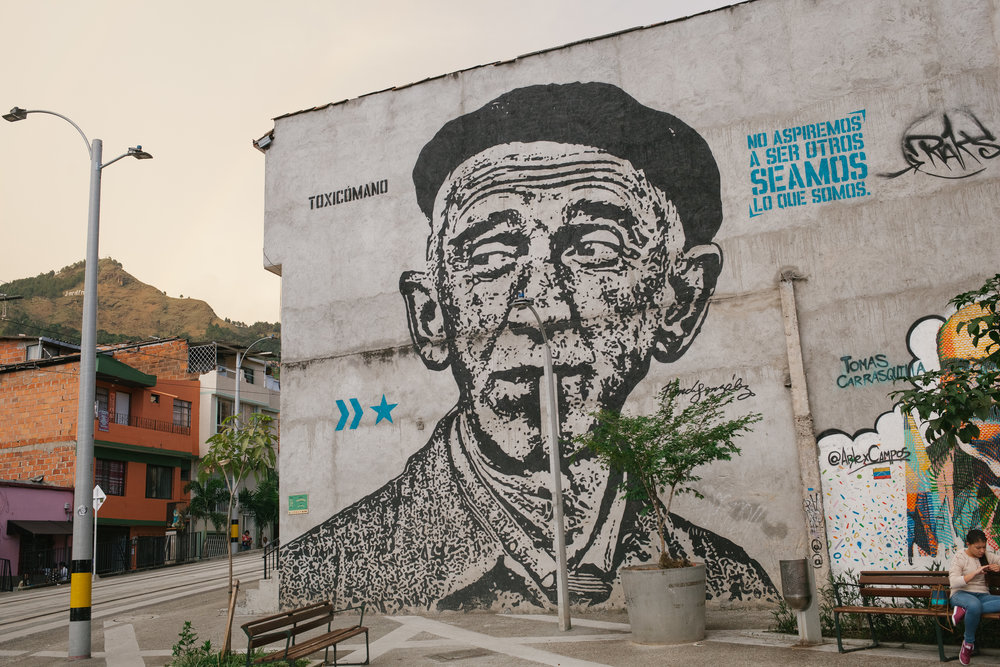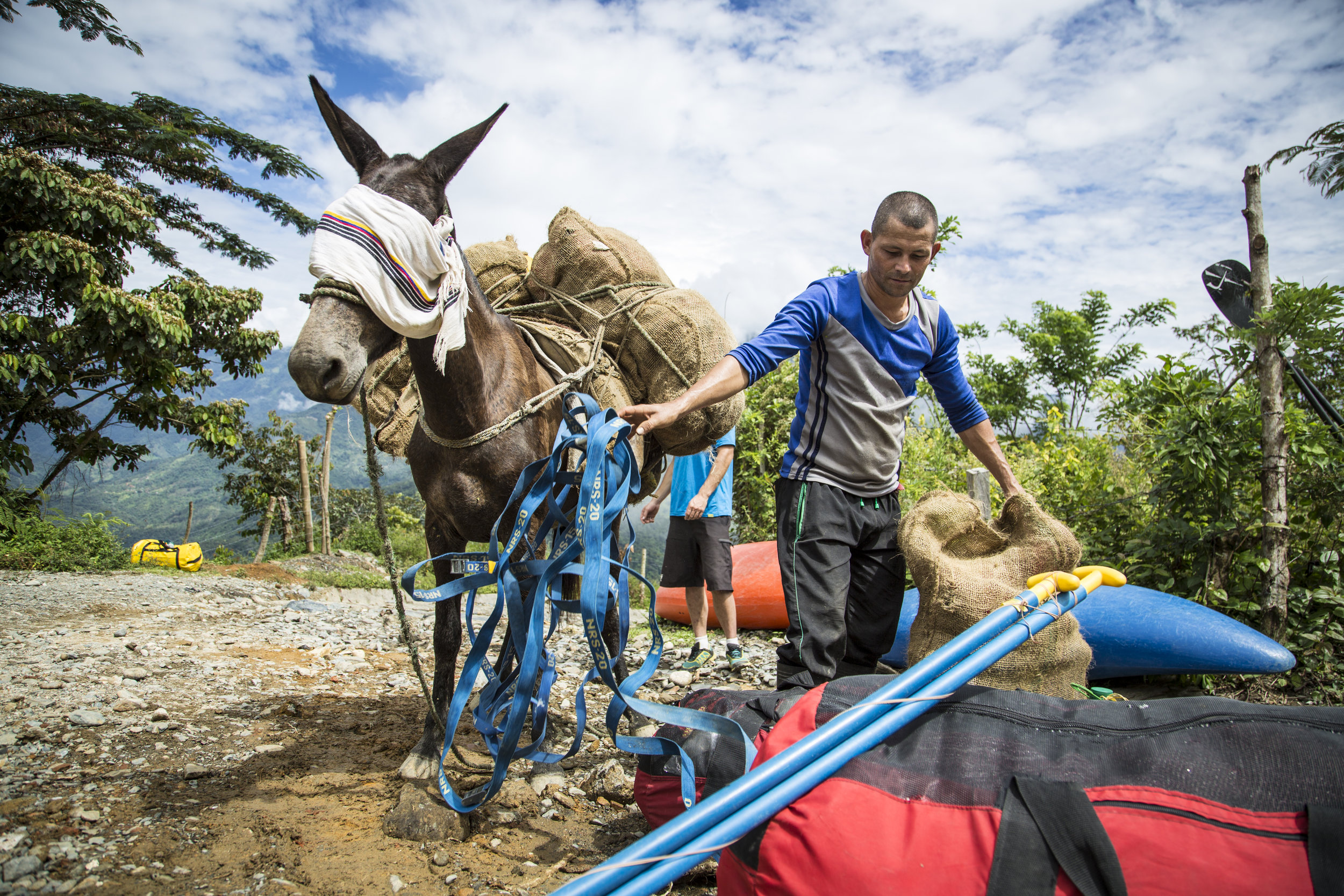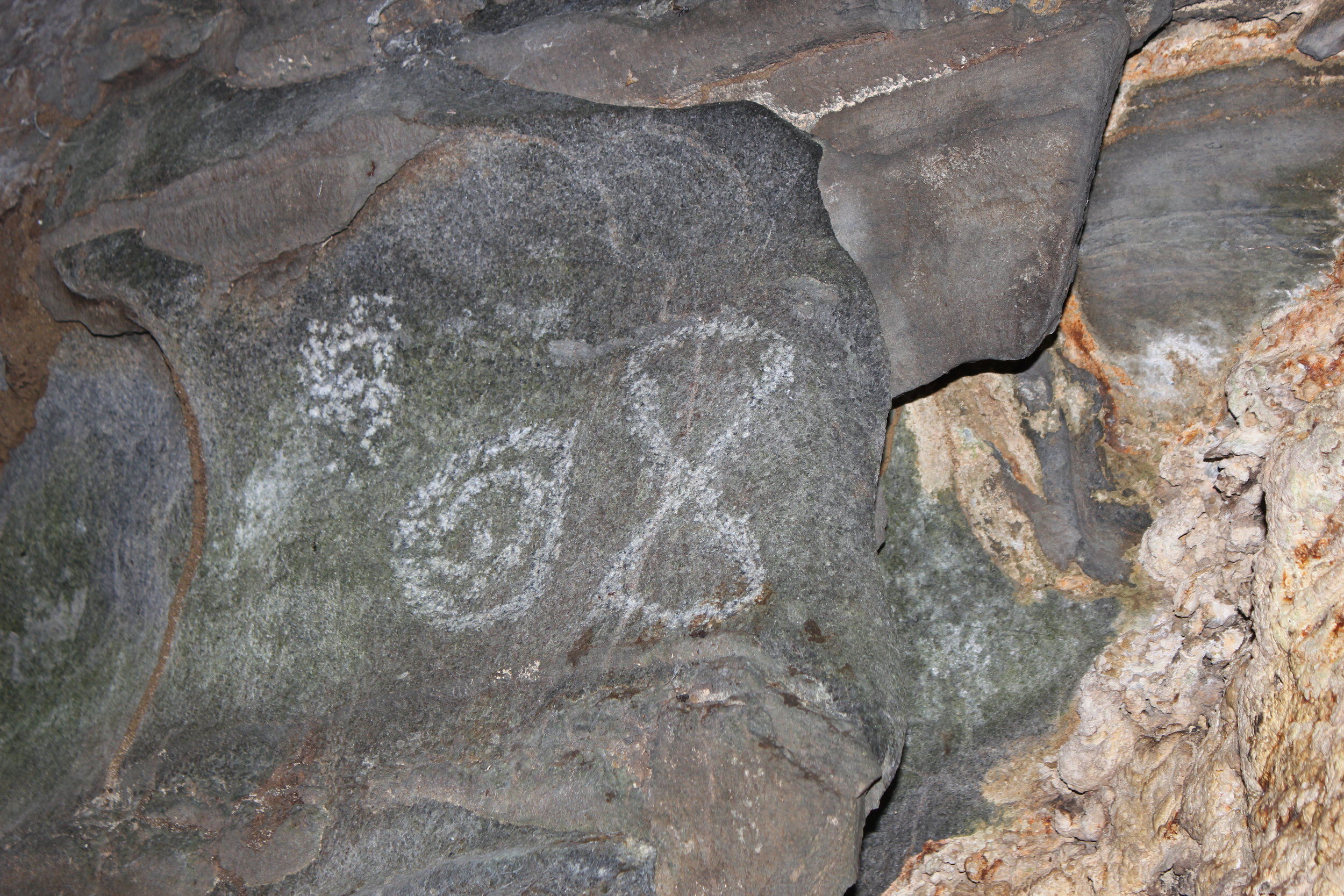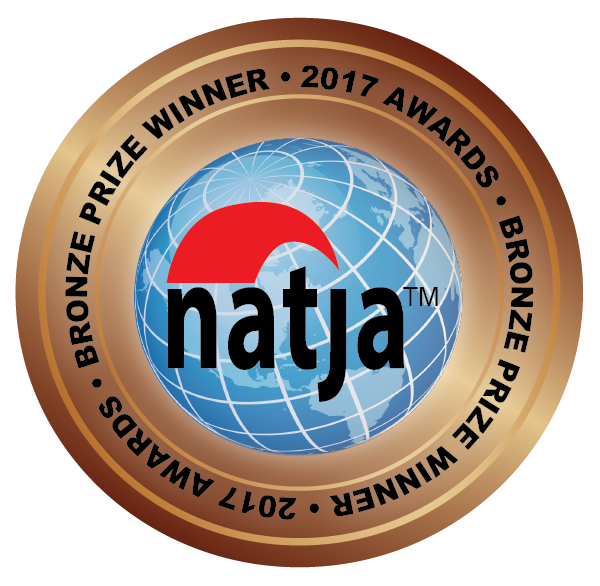This week, Colombia's dramatic grassroots renaissance and language as a window to culture. Listen in...
(1.13 - Feature//Jodi Cash; 15:00 - kimkim//Tara Davis//Expedition Colombia; 34:00 - Puran Parsani//Babbel)
Puran Parsani // Babbel
Puran Parsani tells us about the world's first and best language-learning app. Founded in 2007 and with more than a million active subscribers, Babbel is ranked the world’s #1 innovative company in education. Their courses are designed to deliver language skills you can use right away. Almost three quarters of users say they’d be able to have a short, simple conversation in their new language within five hours of using Babbel. We tried it—absolutely true.
THE ROMANIAN CHALLENGE
The premise is simple: four polyglots, armed with a handful of starter sentences and impressive backgrounds in linguistic achievement, try to learn Romanian in an hour. The results are pretty mind-boggling. Take a look!
7 MISTAKES ENGLISH SPEAKERS MAKE IN SPANISH
Making mistakes is part of the language learning process, but some mistakes are decidedly more embarrassing than others! Read on to learn how to avoid these seven common (and blush-worthy) errors the next time you try to impress someone with your Spanish skills.
3 WAYS YOU MISS OUT WHILE TRAVELING WHEN YOU DON'T SPEAK THE LANGUAGE
Not only can traveling in a country without speaking the language be ocassionally lonely and difficult, but you might be missing out on actual prizes by doing so! Watch the video attached to this article to see what we're talking about.
Jodi Cash
Our feature contributor is writer, editor, and photojournalist Jodi Cash. Jodi has worked for Tales of the Cocktail, Flagpole, Mother Nature Network, and Kinfolk. When she's not writing, she relishes life in Atlanta, Georgia and traveling elsewhere with her husband, Oak House frontman and guitarist Gresham Cash.
Tara Davis // Expedition Colombia
Expedition Colombia owners Tara Davis and her husband Jule Domine share a passion for rivers and wild places. Prior to teaching ESL in Medellín, Tara (a British Columbia native) had gone to university in Colorado and studied political science and environmental issues before going on to work for The Wilderness Society. Her focus was on strengthening the wild and scenic designation of Colorado’s rivers. Her connection to Colombia reaches back to stories told by her father who worked there with the National Geographic Society.
Prior to starting Expedition Colombia, Jules studied hydrology and has traveled to over 15 countries as a hydrologist and professional athlete in the sport of whitewater kayaking.
Throughout his travels, he realized he couldn’t go from one pristine river to the next before it was polluted or dammed. He decided to stay in Colombia and work to protect its rivers. Here remain some of the world’s last wild clean rivers and ecosystems, but more importantly, a community of resilient, resourceful, and warm people brave enough to stand up to protect them. As fate would have it, Jules and Tara fell in love with Colombia and each other.
Together, they now run Expedition Colombia, which they describe as "adventure with a purpose." More than a tourism company, they are a network of entrepreneurs and conservationists who know, care, celebrate, and protect Colombia’s ecosystems and cultures. In partnership with local communities, sustained by these natural environments, they welcome curious and conscious travelers to play an active role in Colombia’s positive and peaceful transformation.
kimkim
Huge thanks to kimkim for connecting us to Tara, Jules, and Expedition Colombia.
The founders of kimkim built some of the world's leading travel apps, including TripAdvisor, EveryTrail, and TrekkingPartners. They came together to use all this travel know-how to find a better way to plan and book travel using the help of a local expert.
I agree with them, travel planning is sometimes a painful experience—copious hours researching, too many choices. I love the notion of connecting directly to a local travel expert, someone who knows the destination well and offers curated travel advice according to my interests. And then, how delightfully old and new school, to have the entire trip put together and booked in one place?
The kimkim experts call this the future of travel—bringing the local expert back into trip planning. Apparently, the New York Times, the Washington Post, Lonely Planet (and now Native Traveler) see some truth in this.




















































